14 Places Where Fall Is the Best Time for Whale Watching or Wildlife
Fall brings some of the most exciting moments in nature, from whale migrations to unique wildlife gatherings. Cooler weather and seasonal changes make animals more active, giving travelers the chance to see them in their natural settings. Whether along the coast or deep in the wild, autumn offers some of the best opportunities to watch these unforgettable sights.
This post may contain affiliate links, which helps keep this content free. Please read our disclosure for more info.
Monterey Bay, California
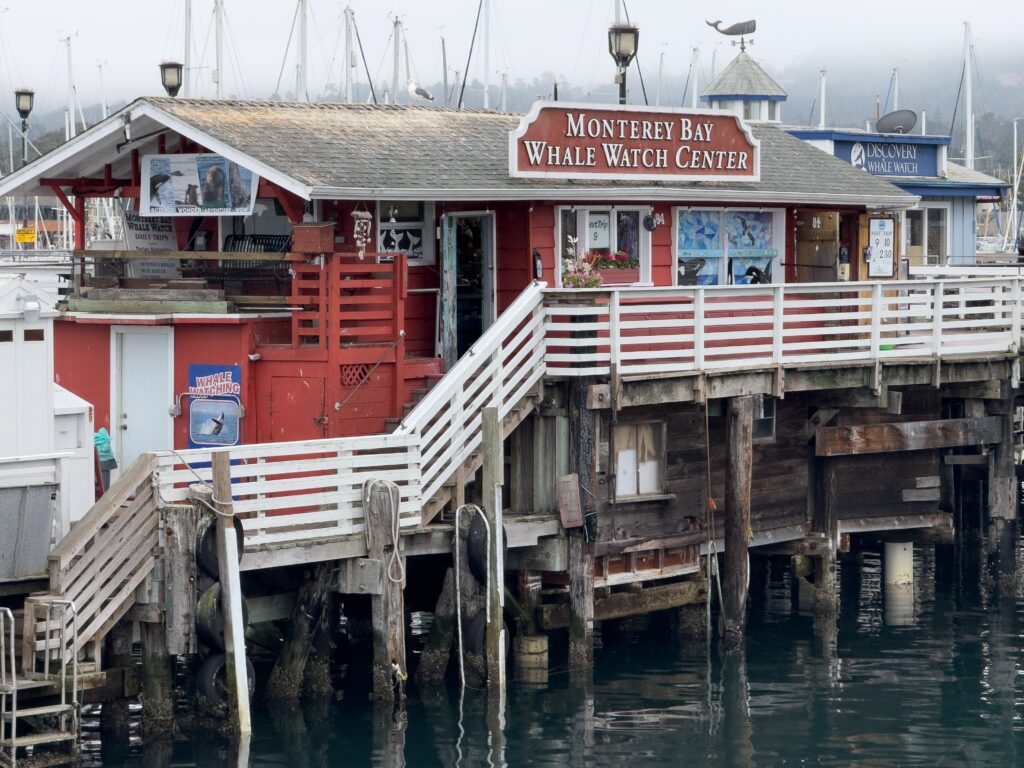
Fall in Monterey Bay is prime whale watching season, with humpbacks and blue whales feeding close to shore. The deep submarine canyon creates nutrient-rich waters that draw these giants right into view. Boats leave daily from towns like Monterey and Moss Landing, offering some of the most reliable sightings in North America.
It isn’t just about whales here—dolphins, sea lions, and even sea otters can be seen playing near the kelp forests. The mix of marine life and dramatic coastal scenery makes the experience even more memorable. Autumn weather often brings calm seas, which makes the viewing even better.
Cape Cod, Massachusetts
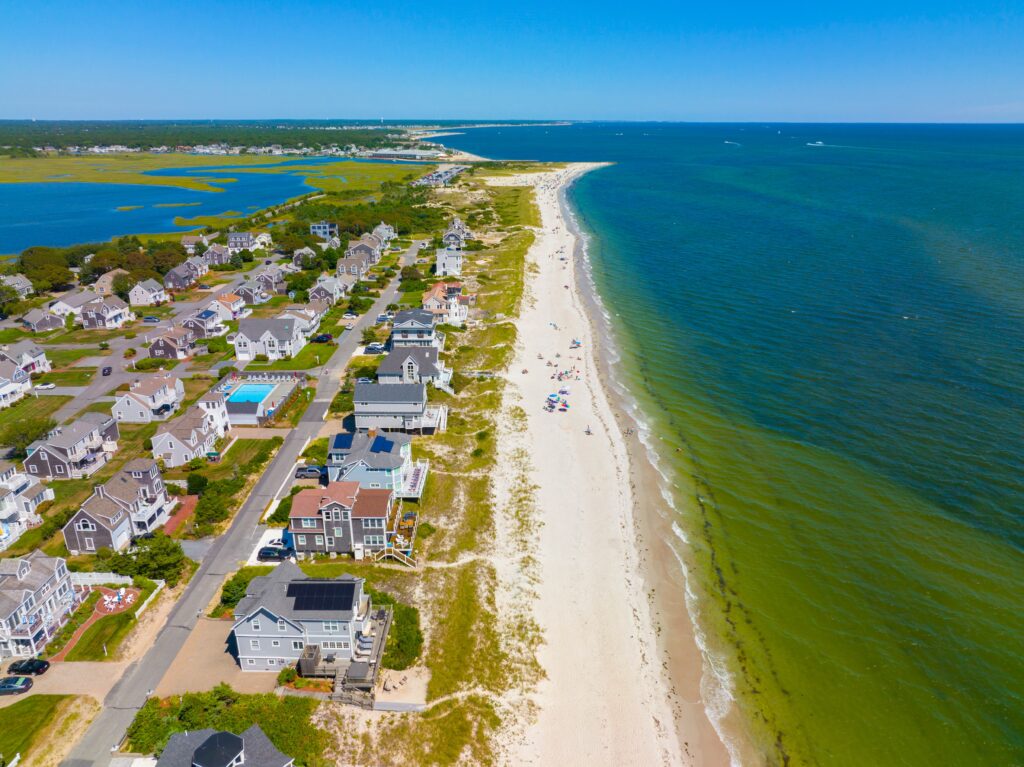
September and October bring a surge of humpbacks, fin whales, and minkes to Cape Cod’s waters. These whales feed heavily before heading south, so sightings are frequent and dramatic. Tours often depart from Provincetown, a hub for marine excursions with a long history of whale watching.
Fall light adds a golden glow to the ocean, making the trips especially scenic. Besides whales, visitors may also spot seals and seabirds gathering in large numbers. It’s a rewarding time to combine coastal leaf-peeping with wildlife viewing.
San Juan Islands, Washington
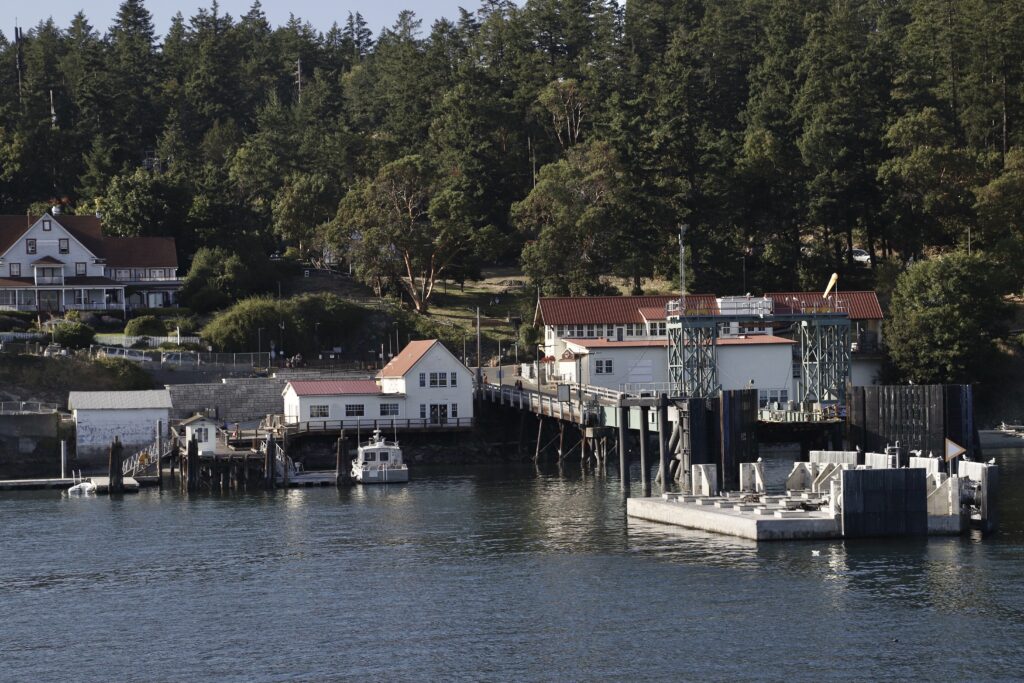
The San Juan Islands are famous for orca pods, and fall is one of the best times to see them hunting salmon. Migratory humpbacks also pass through during these months, adding more variety to the tours. Sea lions, porpoises, and bald eagles round out the experience.
The islands themselves are beautiful in autumn, with crisp air and fewer crowds compared to summer. Kayaking tours often give a quieter perspective of the wildlife. This blend of ocean and island scenery makes fall trips here unforgettable.
Bay of Fundy, Nova Scotia/New Brunswick
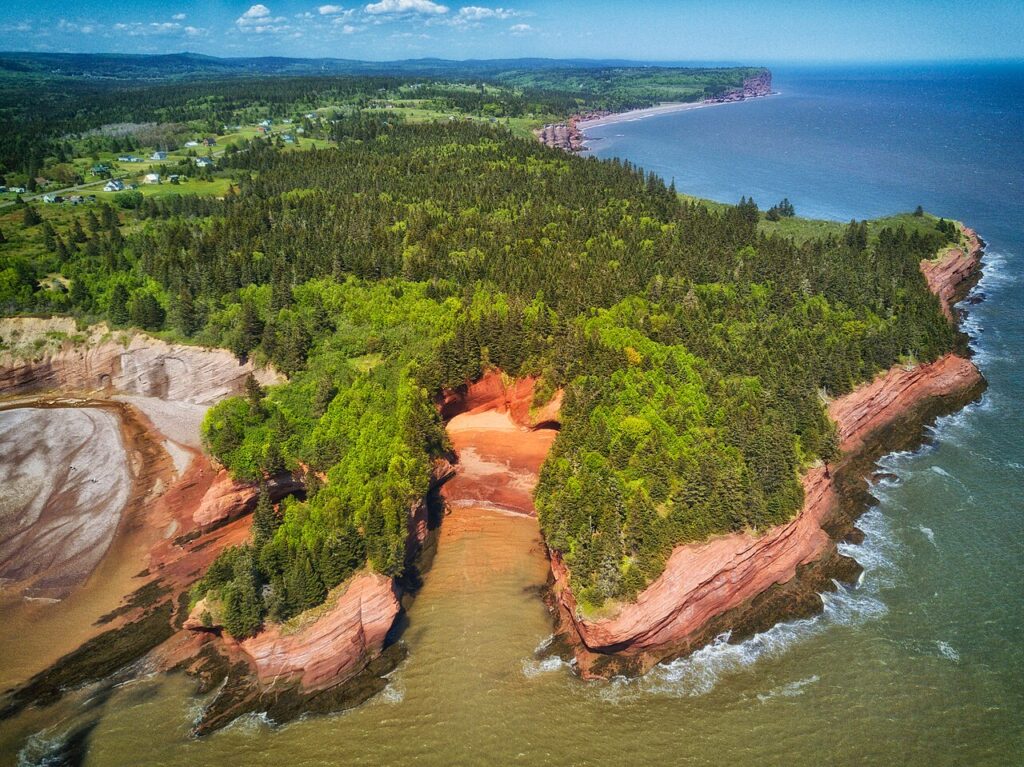
The Bay of Fundy is known for its record-setting tides, but fall also makes it one of the best places to see whales. Humpbacks, minkes, and sometimes even rare North Atlantic right whales feed in the bay during September. The dramatic tides stir up nutrients, bringing marine life close to shore.
Wildlife tours often leave from Digby or Saint Andrews, both charming towns with maritime character. Seals and seabirds are common companions on these trips. Fall colors along the coastline add another layer of beauty to the experience.
Tadoussac, Quebec
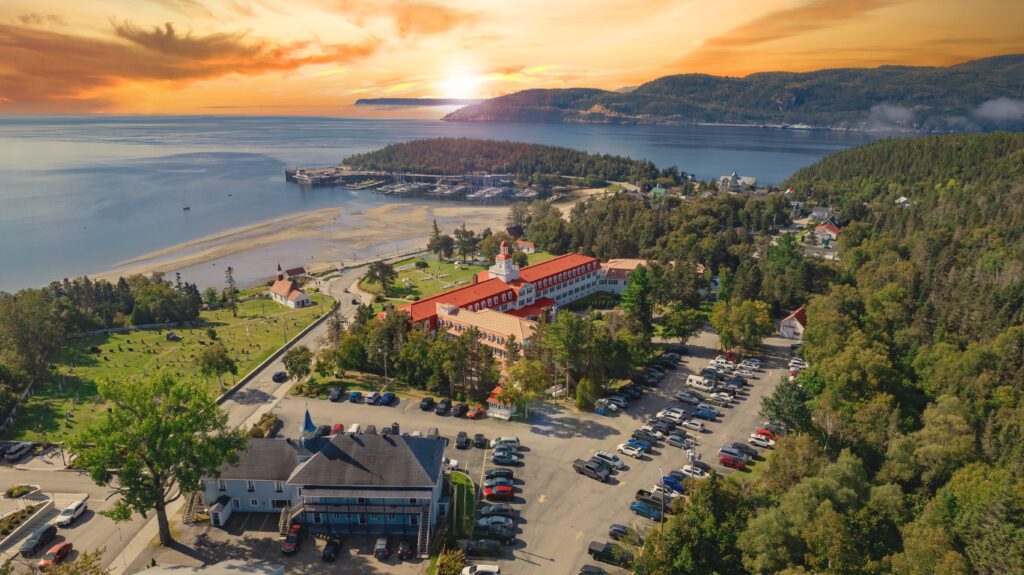
At Tadoussac, the Saguenay–St. Lawrence Marine Park becomes a feeding ground for whales in fall. Belugas are residents here, but September also brings humpbacks and minkes in close. The mix of river and sea creates rich waters where marine mammals thrive.
The village of Tadoussac itself is small but full of character, with a long history tied to whaling. Visitors can take both large boat tours and smaller Zodiac trips for a more adventurous view. Autumn brings fewer tourists, making the experience quieter and more intimate.
Vancouver Island, British Columbia
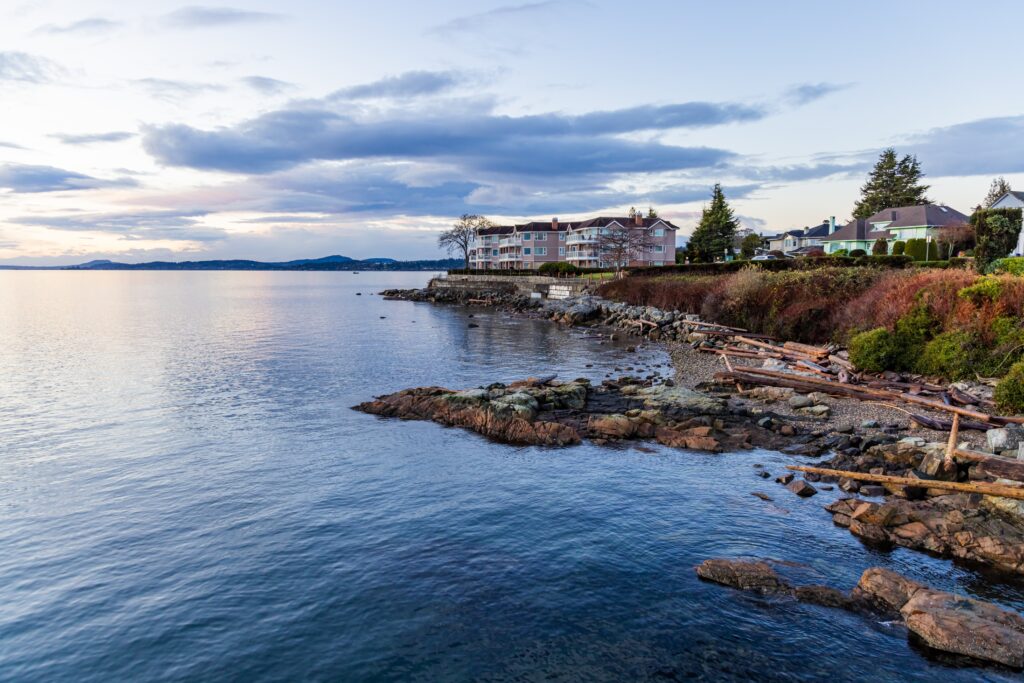
Orcas and humpbacks migrate past Vancouver Island during the fall months, making it a favorite spot for whale watching. The waters around Victoria and Telegraph Cove are especially popular for excursions. Seals, otters, and seabirds add to the abundance of wildlife.
The island’s rugged shoreline and forested backdrops create stunning scenery for these tours. Crisp fall days bring great visibility, and the seasonal salmon runs attract predators to the area. It’s a mix of marine spectacle and striking natural landscapes.
Húsavík, Iceland
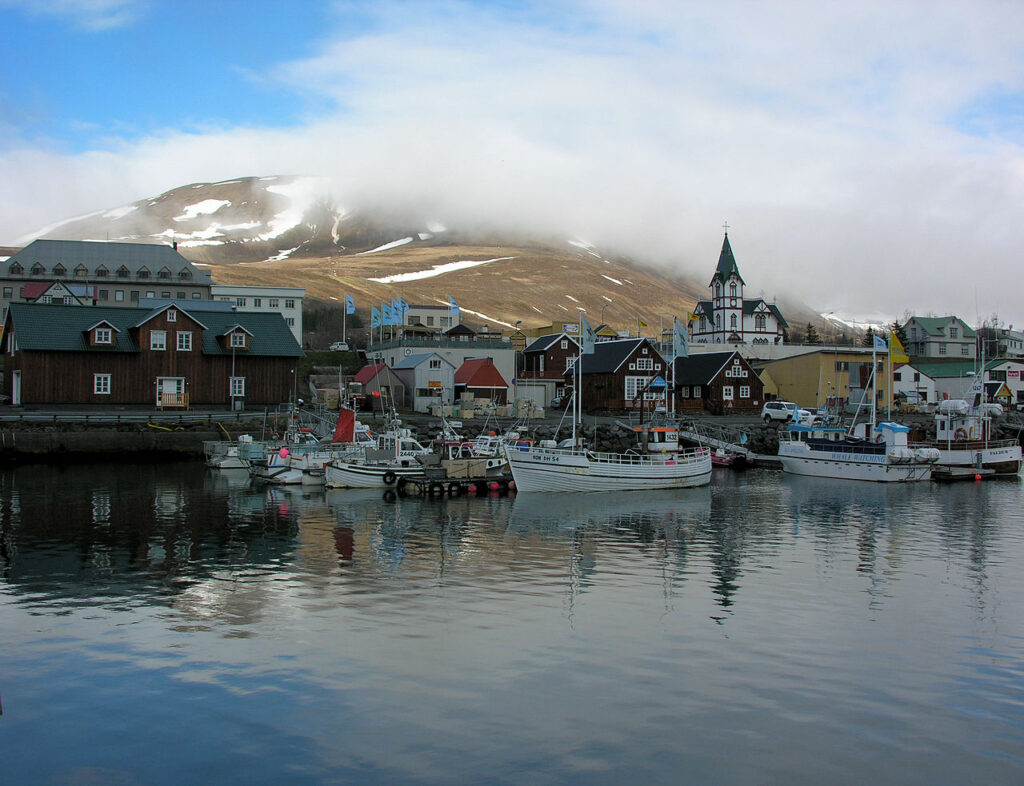
Húsavík is often called the whale watching capital of Iceland, and September keeps that title strong. Humpbacks are commonly seen, while minke and even blue whales may appear. Traditional wooden boats take travelers out onto the fjord for unforgettable encounters.
Autumn in northern Iceland is crisp but still welcoming for tours. The town itself has a charming harbor and a whale museum that adds context to the sightings. Fewer visitors in fall make the trips more personal and atmospheric.
Azores, Portugal
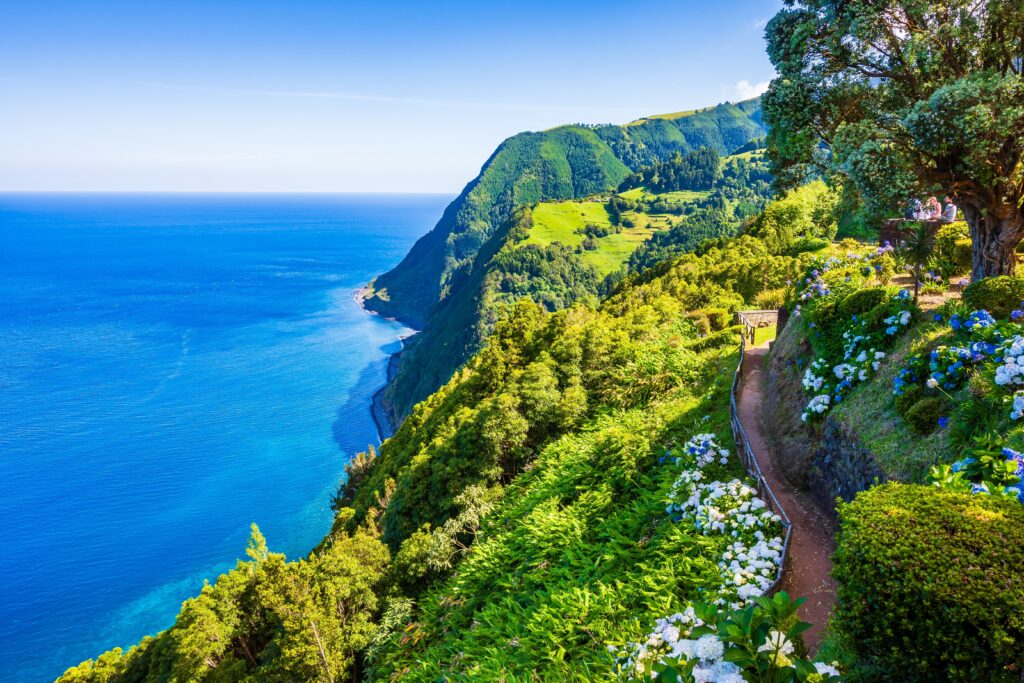
The Azores offer year-round whale watching, but fall is particularly good for spotting sperm whales. Dolphins are also frequent companions on these excursions. Tours leave from several islands, with São Miguel being the most popular starting point.
The volcanic islands provide a dramatic backdrop, adding to the sense of adventure. Local guides often share cultural stories and ecological insights during the outings. The calmer weather of autumn makes boat trips comfortable and scenic.
Hermanus, South Africa
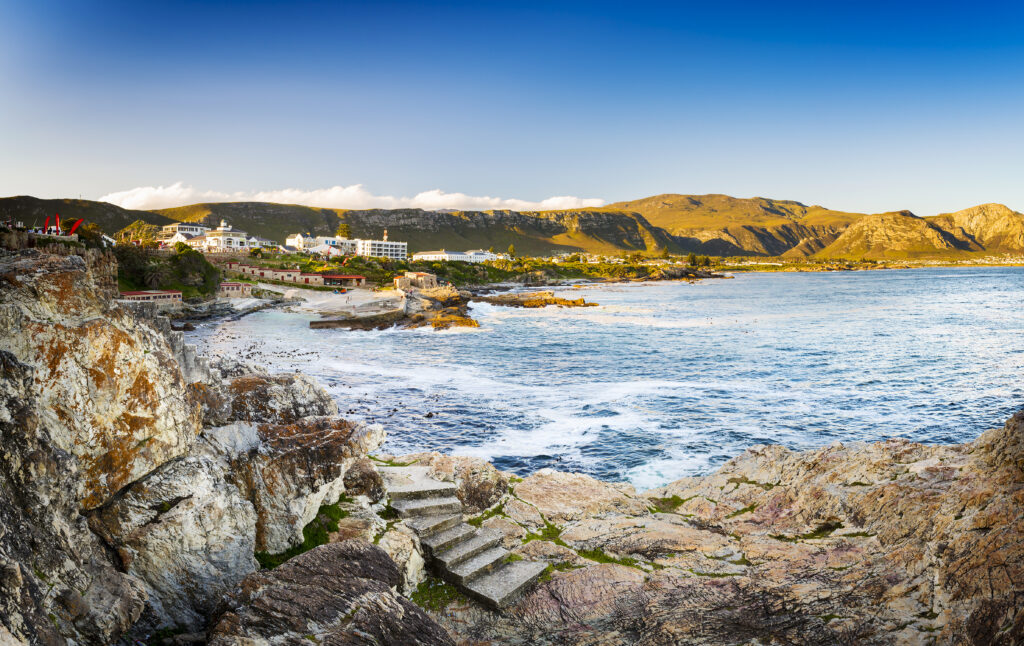
Hermanus is famous for southern right whales, which are at their peak in September and October. These whales come close to shore, sometimes visible right from the cliffs. It’s one of the few places where land-based whale watching is just as rewarding as boat tours.
The town celebrates the season with an annual whale festival, drawing visitors from all over. Local beaches and coastal paths make viewing easy and scenic. With springtime flowers blooming, the whole setting feels alive and colorful.
Denali National Park, Alaska
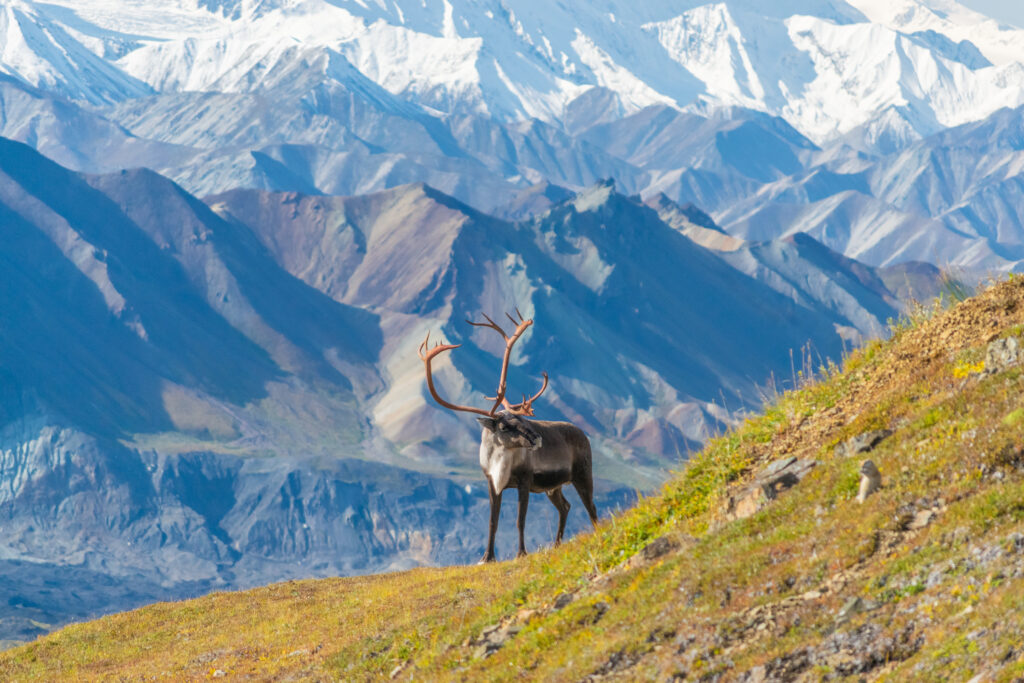
As fall settles over Denali, animals become easier to spot against the turning tundra. Caribou and moose are on the move, while bears feed before hibernation. Wolves and foxes are sometimes seen roaming the open landscapes.
The park’s sweeping views are even more impressive under autumn light. With snow beginning to dust the peaks, the contrast creates dramatic scenery. Wildlife viewing combined with crisp weather makes this season especially memorable.
Churchill, Manitoba
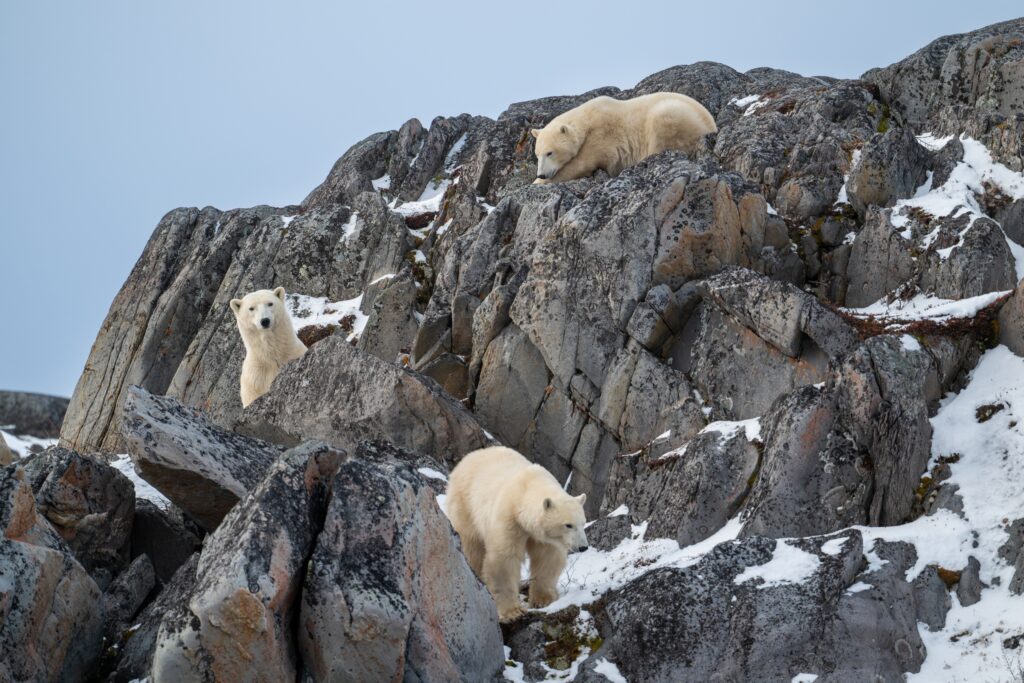
Churchill is often called the polar bear capital of the world, and fall is when they gather along Hudson Bay. In October and November, the bears wait for the sea ice to form so they can hunt seals. Tours in tundra vehicles provide safe but close encounters.
The small town becomes a hub for wildlife travelers during this season. Besides bears, visitors may also spot arctic foxes and snowy owls. The chance of seeing northern lights adds another layer to the trip.
Katmai National Park, Alaska
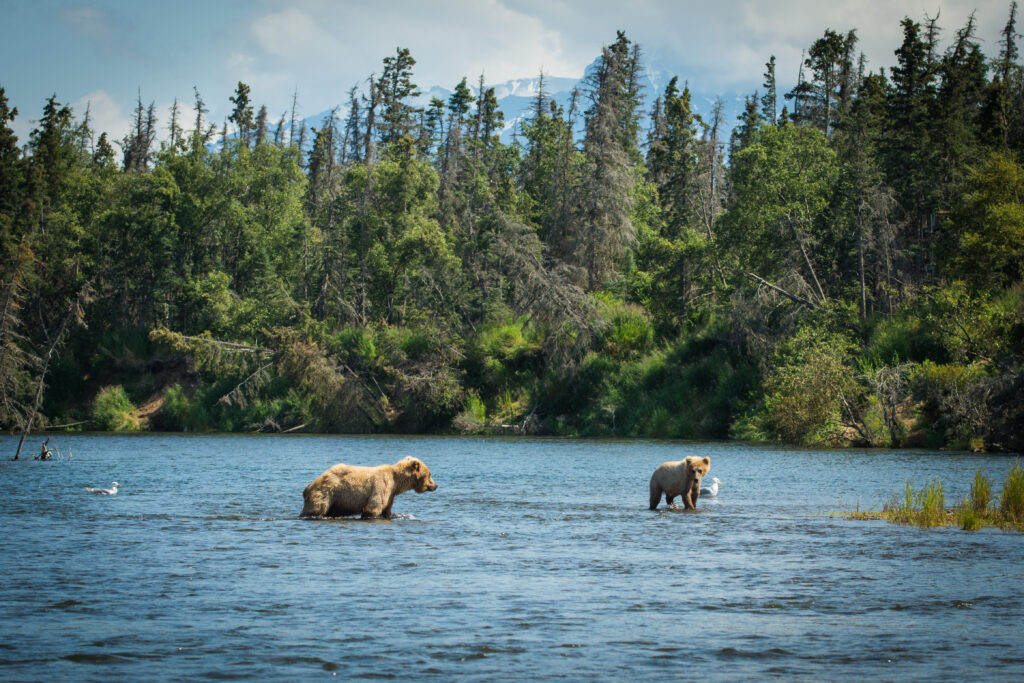
Katmai is known for its brown bears fishing for salmon, and early fall keeps the action going. The bears are fattening up before winter, so they’re often active along rivers. Brooks Falls remains one of the most famous viewing spots.
Beyond the bears, the park offers wild landscapes of volcanoes and lakes. Fall colors make the scenery even more striking. Fewer crowds at this time give visitors more space to enjoy the spectacle.
Ngorongoro Crater, Tanzania
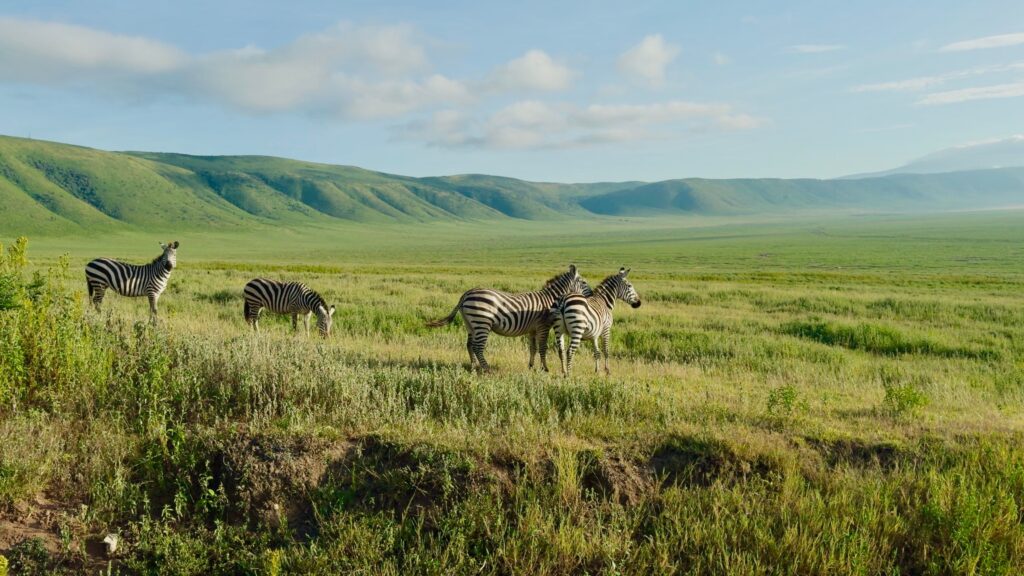
Ngorongoro Crater is teeming with wildlife year-round, but fall coincides with the dry season. Wildebeest and zebra concentrate near water sources, making them easier to see. Lions and other predators are never far behind.
The views from the crater rim are spectacular, especially in the clear skies of autumn. Elephants and hippos add to the diversity of sightings. This is one of the best times for photographers looking for dramatic wildlife scenes.
Galápagos Islands, Ecuador
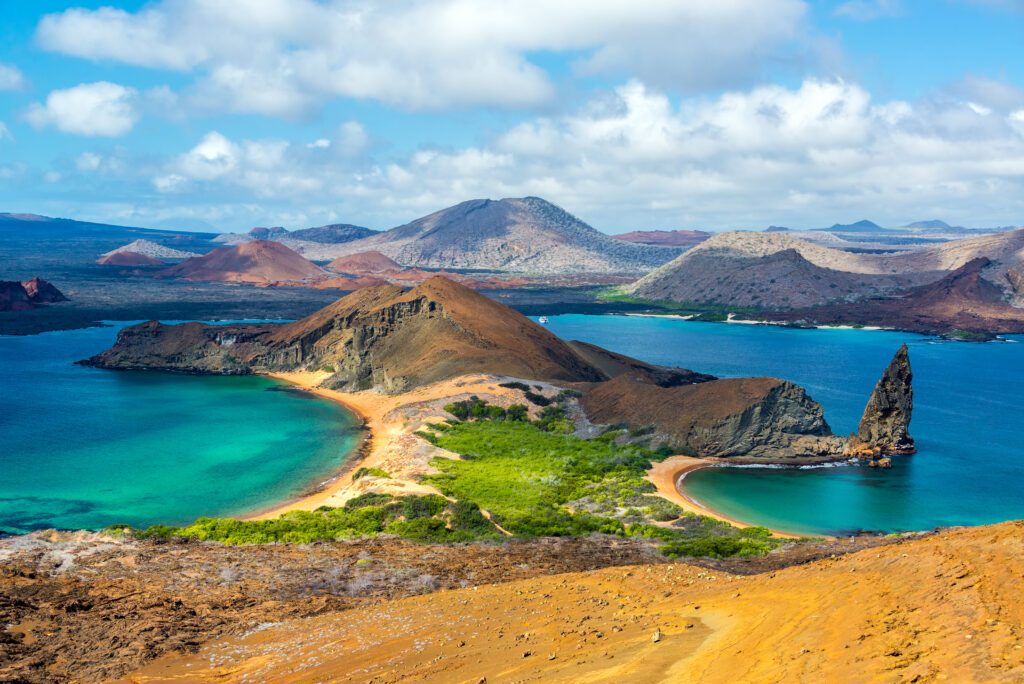
Fall is sea lion pupping season in the Galápagos, and visitors often see playful pups on the beaches. The cooler waters also bring nutrient-rich currents that attract seabirds and marine life. September to November is considered a rewarding time for both land and sea encounters.
Giant tortoises and marine iguanas remain highlights throughout the season. Snorkeling offers close looks at tropical fish, rays, and even penguins. With fewer tourists compared to summer, fall brings a quieter and more natural feel to the islands.
This article originally appeared on Avocadu.
